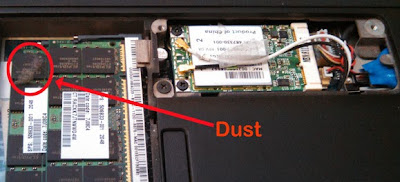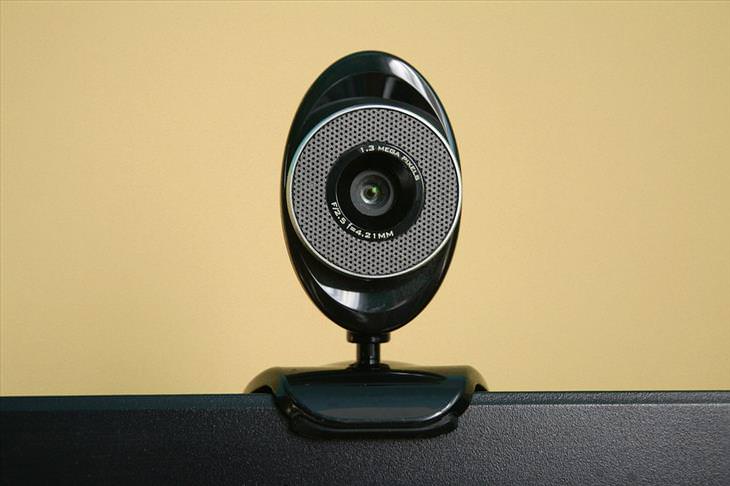[Email your tech questions to mjosephtz1@yahoo.com mjosephtz1@gmail.com
Keeping a laptop cool is all about ventilation. If the hot air can't escape, you're going to have a problem.
Whenever your laptop is on, make sure that nothing blocks the vents (which are probably on the sides). Don't put the PC on a pillow or a soft mattress, where it's likely to sink in and get blocked.
And never, ever put your laptop in a bag unless it's off, hybernated, or in sleep mode.
You'll rarely find vents at the bottom of a laptop, yet heat tends to accumulate there. If the bottom is hot to the touch, consider buying a laptop cooler--a pad that goes under the laptop and whisks away the heat. Many of them have fans. Prices range from about $8 to $40.
I'm not going to recommend a particular model because I don't use one. At least for my laptop, an empty but sturdy cardboard box is sufficient.
If you let dust accumulate in a PC, you're bound to have problems. And you'll have to fix those problems with a good cleaning.
Marco Chiappetta described the cleaning process in You're a dirty, dirty, dusty PC. But he used a desktop, and desktop PCs are designed for easy user maintenance.
Laptops are trickier. You can try using a can of compressed air (I bought one recently for $4) to blow the dust away from the vents. But that's a very limited solution. The dust may get away from the vent, but it's still inside the PC.
Try this: Shut down the laptop and turn it over. Examine the bottom. You'll likely find panels that can be removed with a small screwdriver. Open them up and see what you get access to. If you see dust, clean it away with compressed air.

Unfortunately, the real dust problem may be in places that require a more complicated dismantling. If you feel comfortable taking apart a laptop, go ahead. Otherwise, you may want to take it to a professional.
Or for another alternative you can use this method:
Symptom:
Computer crashes, freezes
Solution:
Clean out air vents, put filtered material over the inhalation vent, or update BIOS
To prevent further dust buildup, place a piece of filtered cloth, say from a Swiffer, over the inhalation vent. Don't place one over the exhaust vent, as that's where hot air is supposed to flow out of the system quickly. If the cloth doesn't work, you may want to update your system's BIOS, which controls the laptop's hardware. Most manufacturers offer an installation file that updates BIOS files automatically, which often address heat management. Just make sure that your notebook is connected to the power supply when updating the BIOS











